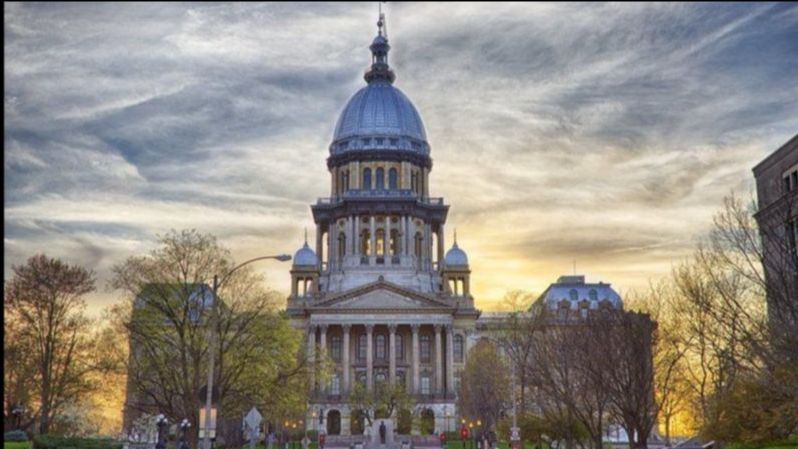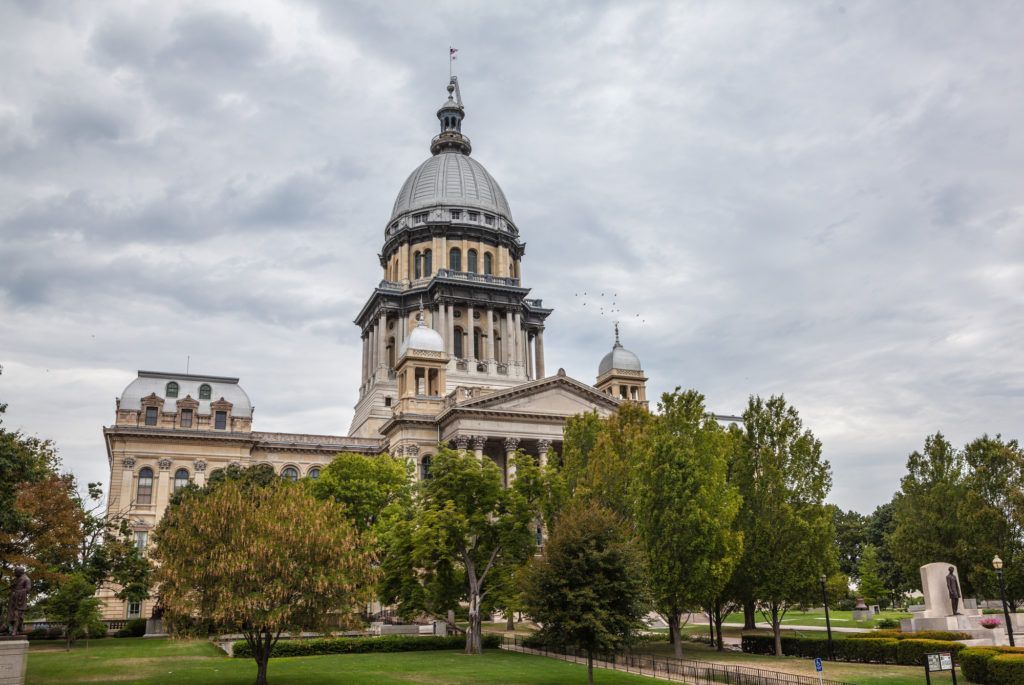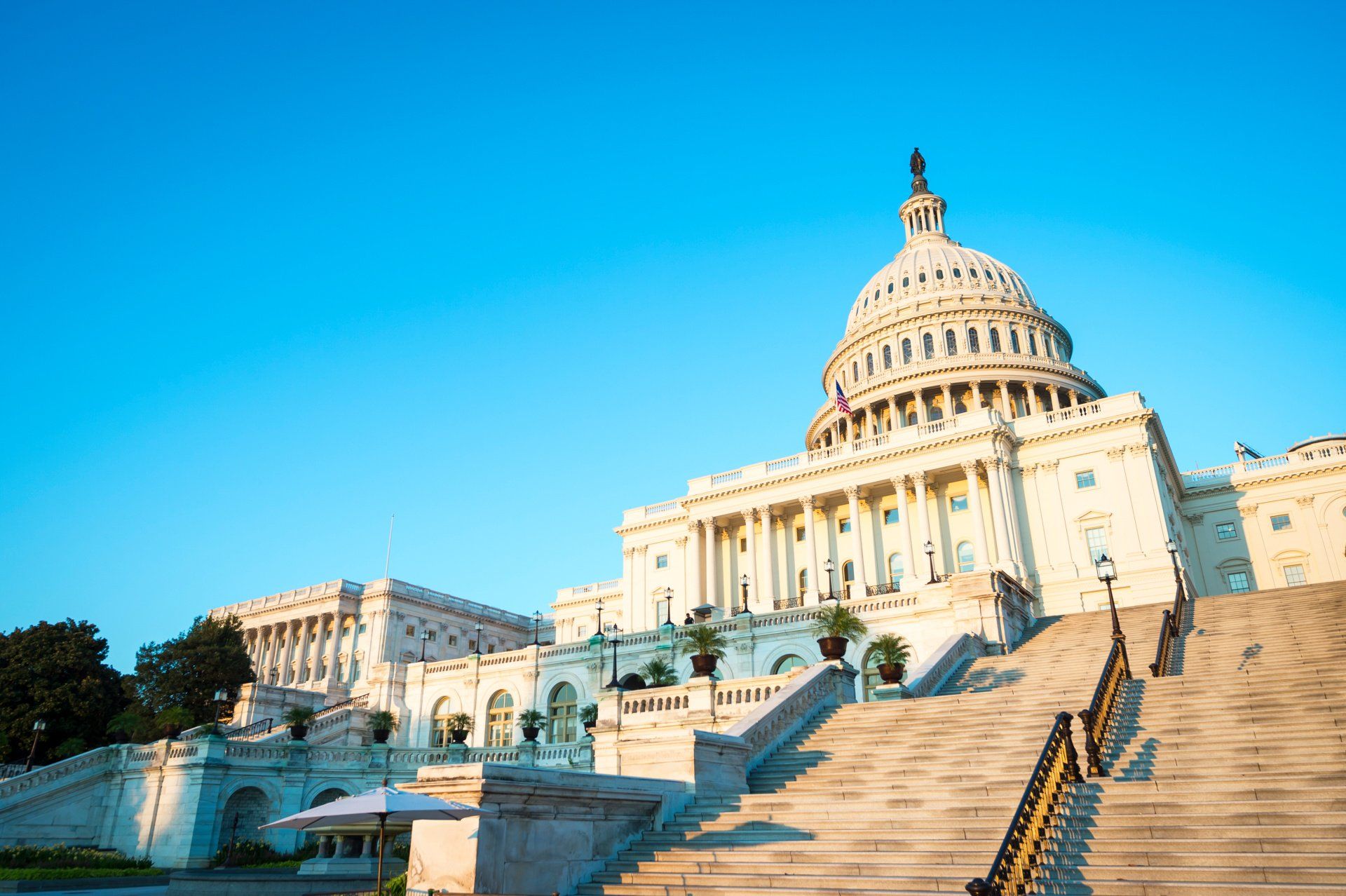
Will COVID-19 reshape cities?
Before COVID-19, population growth was already shifting to favor suburbs. Even if trends continue, TOD and mixed-use may still play important roles in suburban development.

During the decade following the Great Recession of 2007 to 2009, many of America’s largest metropolitan areas saw their populations in urban areas grow at a faster rate than suburban areas—marking a reversal from a decades’ long urban slump. However, towards the end of the 2010s, that trend slowed in many cases with some of the largest cities even losing population. While trends of deceleration of density are likely due to many factors (e.g., skyrocketing rents and insufficient housing supply), the COVID-19 pandemic provides new challenges to areas of all density-types which we are only just beginning to witness and understand.
Pandemic headlines about New York City, Boston and Chicago, for example, make it is easy to conclude that dense cities with high public transit usage are inherently the hardest hit by COVID-19 because of difficulty in social distancing in compact spaces like high-rise apartment buildings and trains. However, West Coast cities like San Francisco, Seattle and Vancouver are some of the densest cities in North America (and have some of the closest travel ties with Asia) but have fared relatively well due to early and meaningful public health responses.
In contrast, many suburbs of dense cities, like New York City, have had higher infection rates than their city-dwelling neighbors. Likewise, the extremely rural Navajo Nation, primarily located in Arizona, has suffered one of the highest rates of infection in the country. With plenty of examples of suburban and rural areas experiencing higher infection rates than many urban areas, it has become less clear that density is a necessary culprit enabling the pandemic to spread.
Importantly, as states come out of lockdowns, we are beginning to see the different health consequences associated with economic re-openings using varying degrees of caution. Less dense metropolitan areas of the South and West are reporting alarming rates of new infections, seemingly as a result of imposing relatively relaxed health restrictions as they open up. Although we have far more to learn about this disease, it appears that infection rates may depend less on an area’s level of density and more on the level of health restrictions to which it adheres.
Even if it is more perception than fact that dense living is inherently riskier during a pandemic, some urban businesses and residents of hard-hit cities like Chicago are rethinking their current location. Many of the amenities that make living in dense areas desirable (e.g., transit, entertainment, hotels, etc.) have been largely shuttered for months and may not return to normal for many more. Even after the pandemic recedes, wider acceptance of remote working policies may make expensive and small urban offices and apartments less necessary and appealing.
If we do see a corporate and residential shift back to suburban areas it may, however, look very different than the prior urban exodus. Rather, many demographics, such as millennials and empty-nesters, still have a strong preference to live and work in walkable communities—as long as they can afford it.
Suburban municipalities looking to grow and diversify their community should start (or continue) to plan and attract mixed-use development that strikes the right balance for existing and new residents and businesses. Many suburban Chicago municipalities are uniquely positioned to take advantage the region’s Metra train system by creating mixed-used transit-oriented development (“TOD”) around Metra train stations. Such municipalities may find that newcomer residents and companies desire transit proximity to maintain better public transit access jobs, main offices, and talent pools in Chicago and other communities along Metra routes. Moreover, largely due to this continued user demand, it is often still easier for developers to obtain financing for mixed-use projects than many other development-types.
Yet some of the biggest ongoing obstacles to mixed-used development, in suburban and urban areas alike, are the local zoning rules and processes which now include additional requirements due to safety restrictions. However, rather than causing a full suspension of business and government activity, these new safety restrictions do not necessarily mean that planning and development cannot move forward. Shapiro & Associates has helped developers and communities navigate the local zoning and development process for many years and continues to do so in this new regulatory landscape.
Shapiro & Associates feels that it is more important than ever to responsibly and professionally assist developers and communities adapt to new realities to ensure that they not only survive the current pandemic and downturn, but to also help them grow stronger and more resilient for the future.

CONTACT US TODAY
Contact Us
We will get back to you as soon as possible.
Please try again later.
LOCATION
570 Lake Cook Road, Unit 119
Deerfield, IL 60015
Shapiro & Associates Law | All Rights Reserved |
Created by Olive + Ash.
Managed by Olive Street Design.









